The second annual Western Regional Recovery Rally was held at the Nancy Weldon Open-Air Gym at Lake Junaluska on Sept. 10 to celebrate National Recovery Month and spread the message that people do achieve sustained recovery from addiction, mental illness and other life challenges. The rally was open to the public, with the goal of bringing family, friends and neighbors together to build healthier communities.
“I had a vision that we needed to bring recovery out of the darkness and into the light,” says Richie Tannerhill, rally organizer and peer trainer at the Smoky Mountain LME/MCO. His vision has struck a chord in the community, he notes, with attendance at the event nearly doubling from the year before. “Our theme this year is ‘recovery community equals healthier community,’ with the ‘unity’ underlined. Last year we had more than 800 people and we [expected] about 1,200 to show up today.”
Tannerhill has been in recovery for 10 years and understands the stigma and shame that come with addiction. In his view, society’s approach to responding to addiction with imprisonment puts a burden on the community and the addict. “To get out from incarceration with no supports in place, it makes it tough, and so when we have a community that understands that recovery happens in the community, more things open up.”
Other organizations and programs set up tents before the rally, promoting Tannerhill’s idea of togetherness. One tent held portraits of people in recovery alongside personal, handwritten stories. Portrait artist Douglas Lail started Hello My Name Is …, a not-for-profit community outreach program sponsored by the Asheville Area Arts Council to build awareness of the possibility of long-term recovery from substance abuse and mental health challenges. Lail started the program in the summer of 2014, after going into recovery for his own drug and alcohol addiction.
“When I do a portrait of someone, I have them come in and share their story of recovery,” says Lail. “It’s mainly focused on the positive effects that recovery has had in the person’s life. It is more a part of my own recovery because when I was drinking and using, I couldn’t really open up and be relatable to people, but through this project, I have been able to meet some incredible people and heal myself in essence.”
Lail was exposed to the effects of addiction early on and was an active substance user for 10 years. “I thought it wouldn’t happen to me and I thought it would not be my path, but I got in college and started drinking just to fit in, and it gave me a whole different personality.” He says he attended required meetings to help with his recovery, which then inspired him to start the Hello My Name Is … project. “The first 10 people that I did portraits of were the 10 people that I got sober with. They really saved my life.”
Everything from food and refreshments to yard games and inflatables was set up for families and friends to enjoy. Purple rally T-shirts were passed out to people as they came; later, Tannerhill and other organizers led participants around Lake Junaluska. After the march, Funkload, a band out of Asheville, performed for attendees.
The rally comes at a time when substance abuse among residents of North Carolina is on the rise. According to the Substance Abuse and Mental Health Services Administration, from 2009-2013, each year about 233,000 people ages 12 and older were dependent on or abused illicit drugs, while roughly 406,000 individuals ages 12 and older were dependent on or abused alcohol within the same period. In 2014 alone, more than half of North Carolina’s 1,100-plus reported unintentional poisoning cases involved prescription opioid painkillers, heroin or cocaine. [See “New law increases access to overdose reversal medication,” July 8, 2016, Xpress].
Tannerhill wants every person trying to recover from an addiction to have the basic tools that will enable them to succeed. “The three biggest contributing factors to sustain recovery is gainful employment, healthy and safe housing, which is different than regular housing, and healthy supports. And those were the three things that I didn’t have, so those were absolutely crucial.”



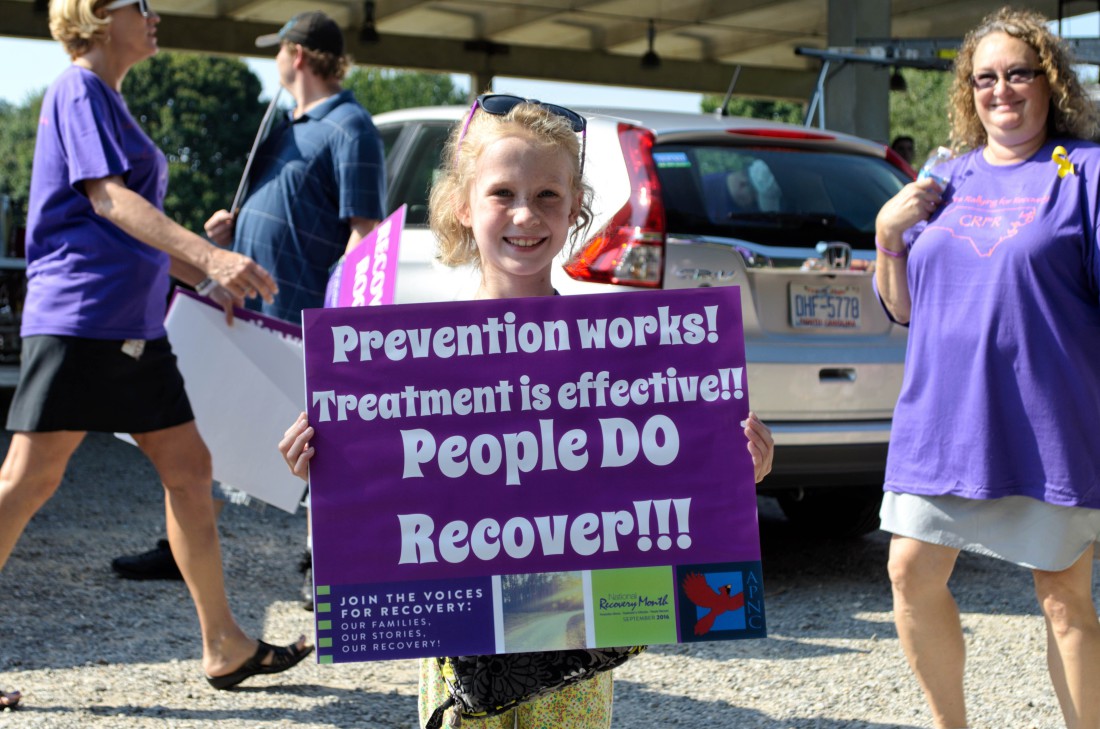
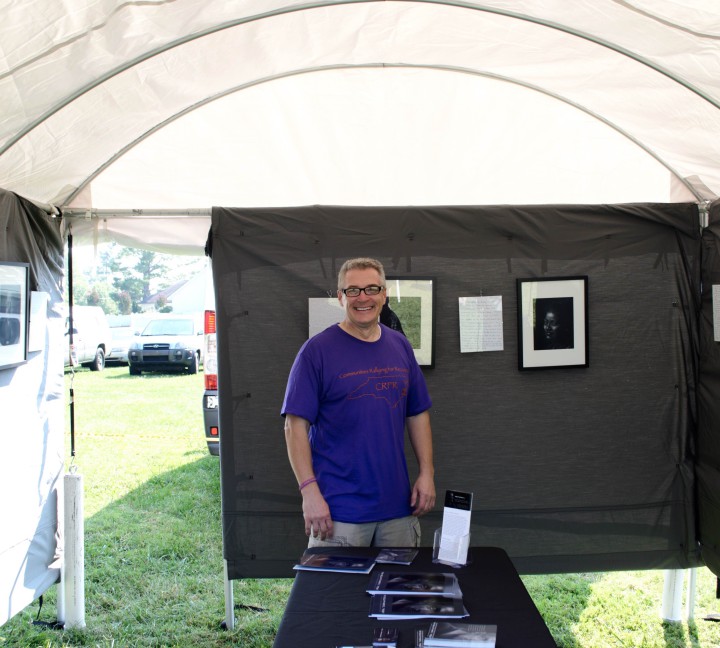


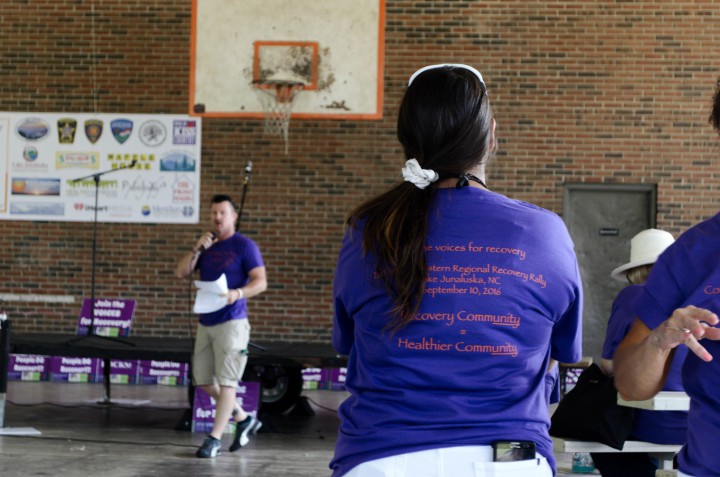
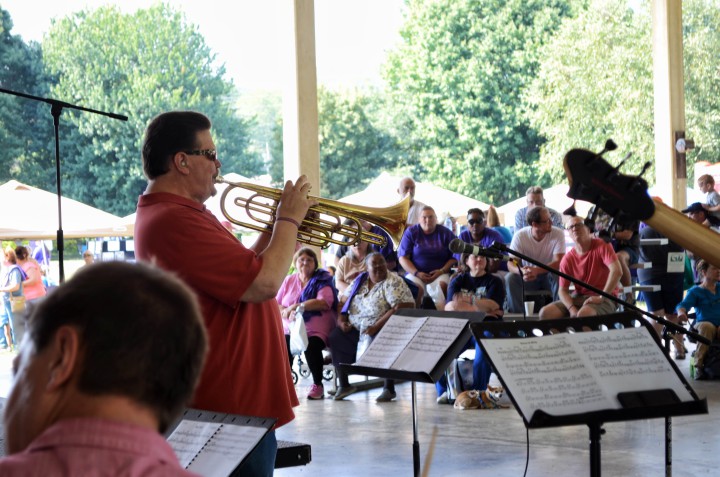
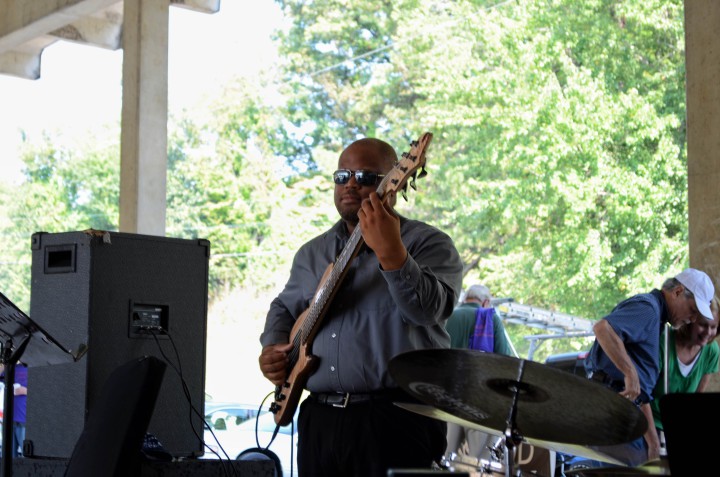
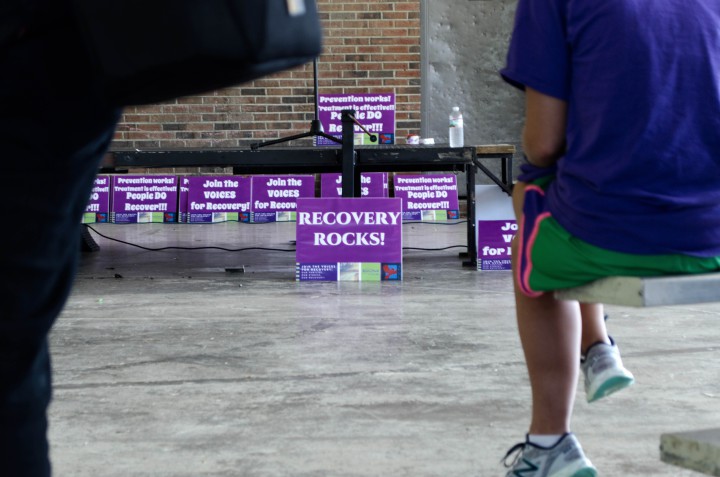
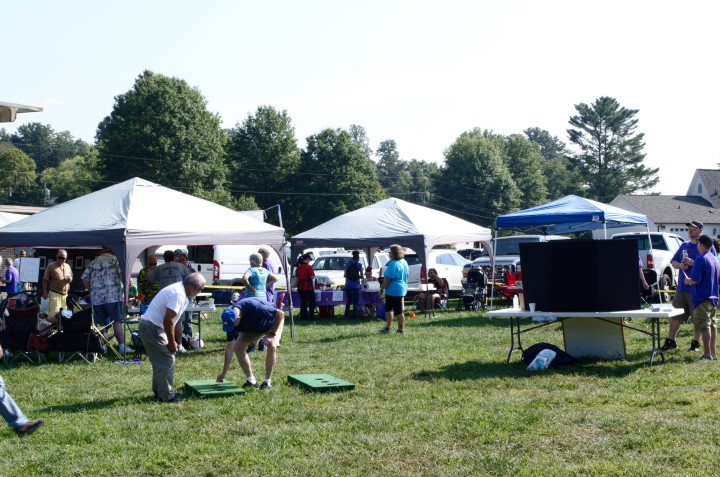
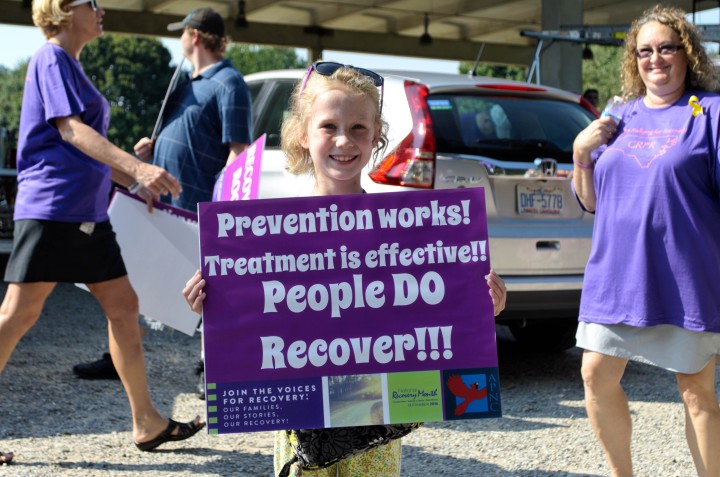
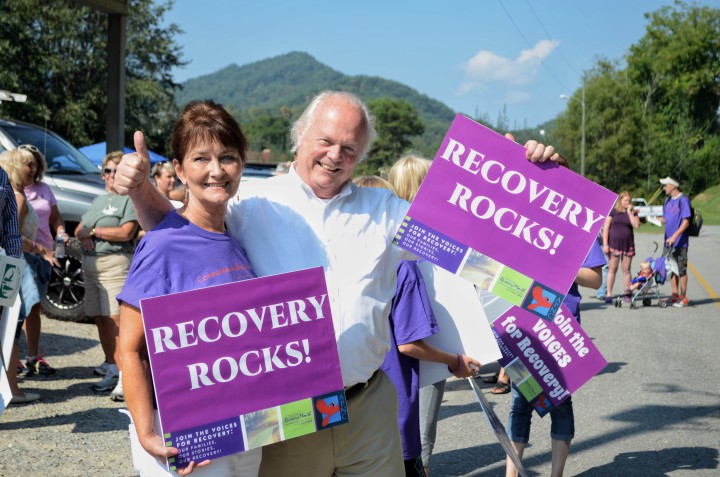
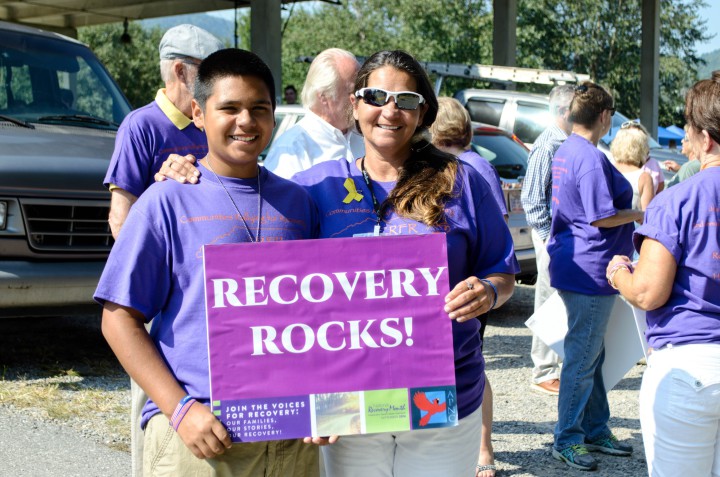

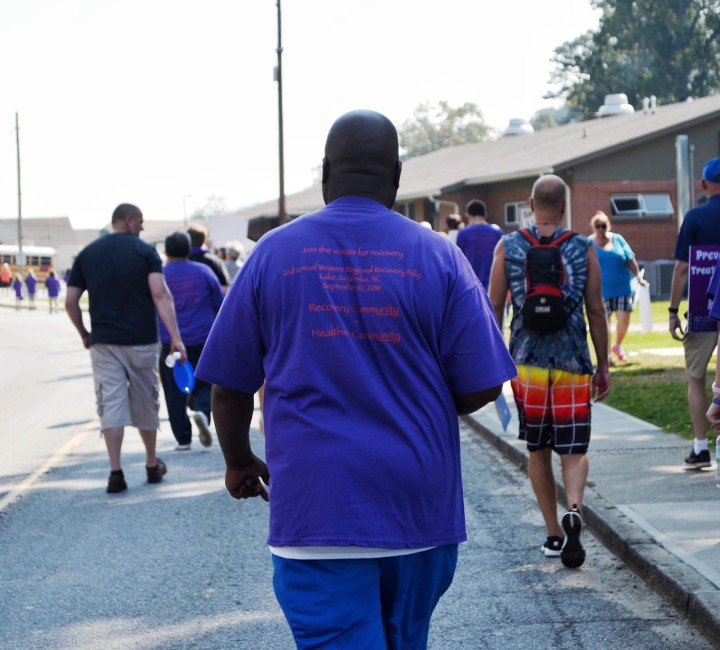

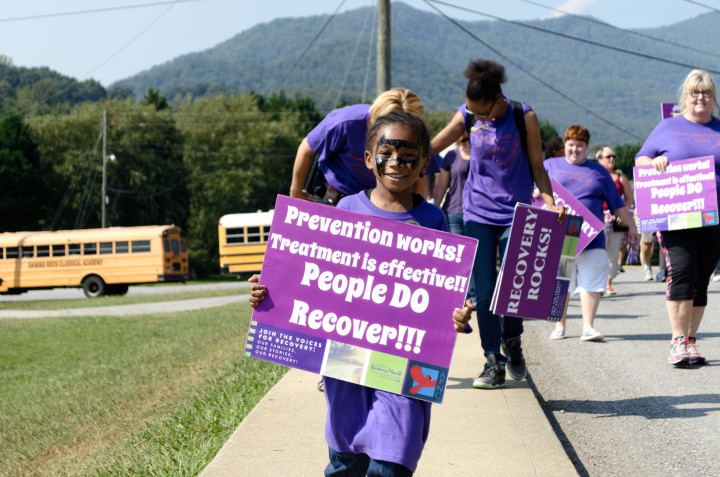

Excellent article with pictures by Emma Grace Moon, thank you! I really like the idea of bringing “recovery out of the darkness and into the light” – the article and pictures do just that!